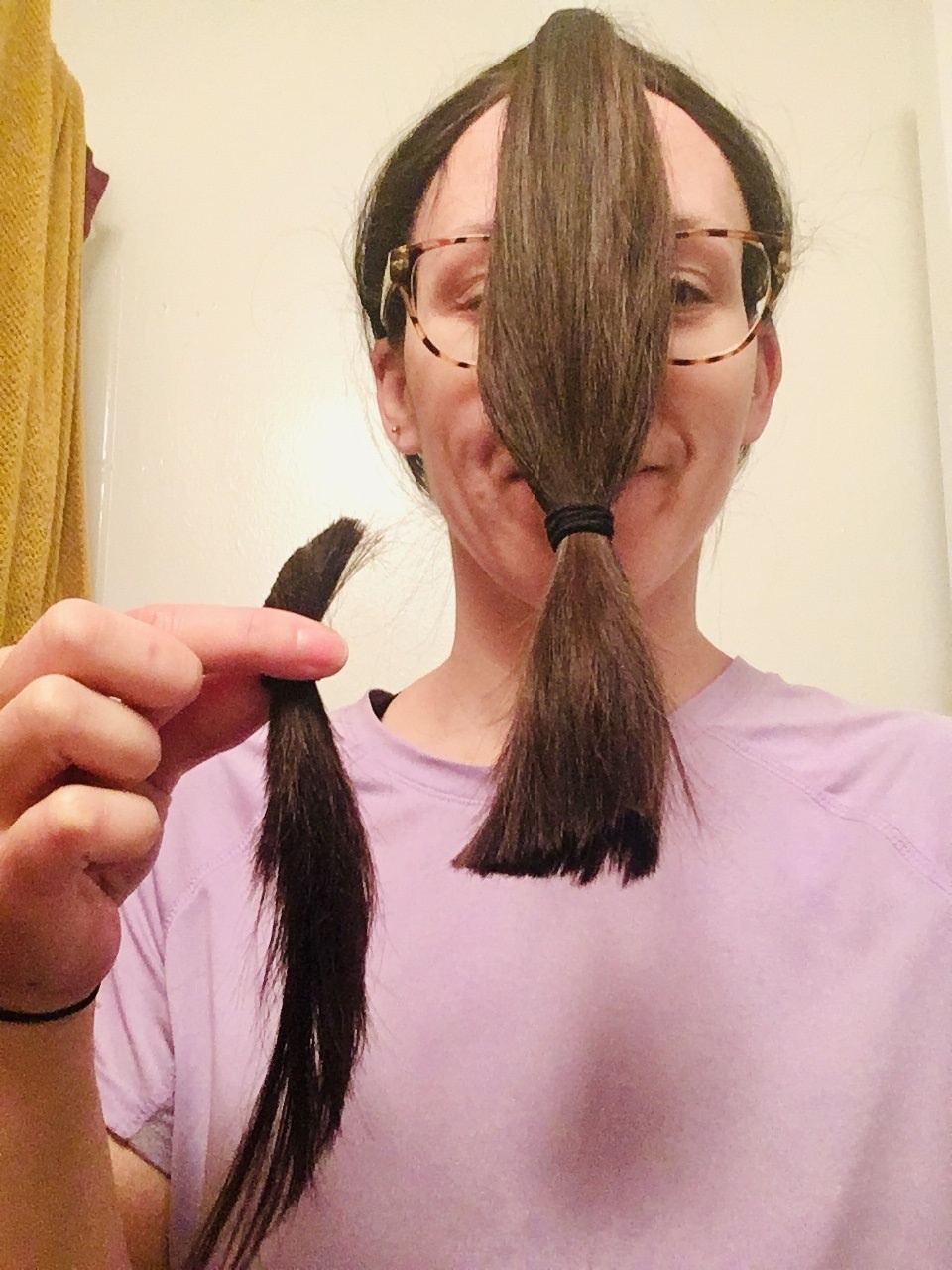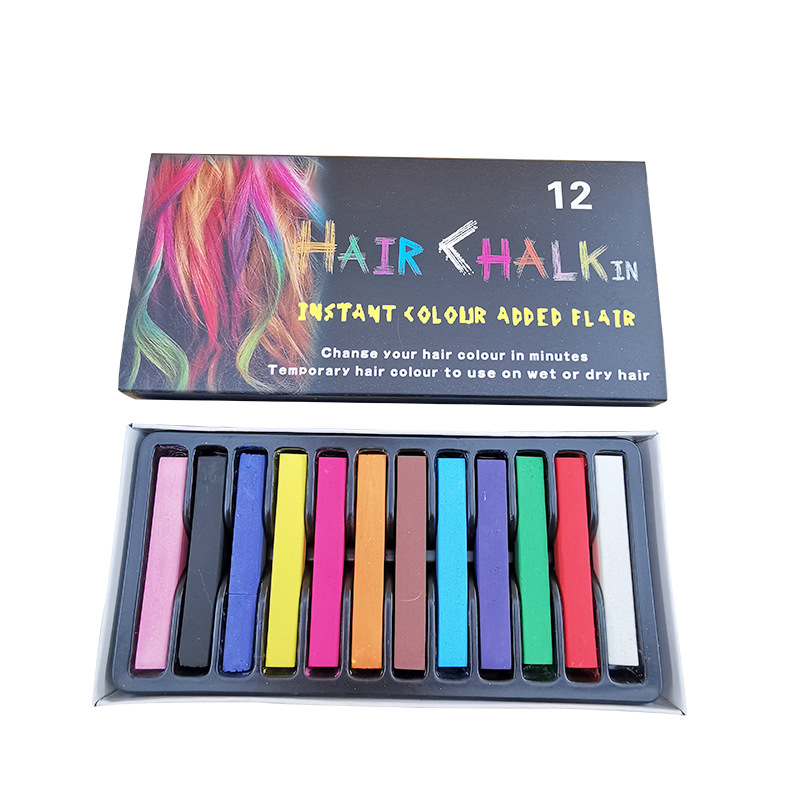Table Of Content

She recommends styling your hair prior to your trim—that way you have a better idea of the true length you’re working with. But if you’re already about to scroll past my warnings and disclaimers and just do the dang thing yourself, then fine, I get it, and I’ve been there. Slide cutting will give you a perfectly imperfect gradation as a base for your face-framing layers.

How to trim your split ends on dry hair
How To Cut Your Own Hair And Nail It, According To The Pros - GLAMOUR UK
How To Cut Your Own Hair And Nail It, According To The Pros.
Posted: Tue, 01 Nov 2022 07:00:00 GMT [source]
For example, if you are looking for ways to cut your own bangs, twisting the stands might be one of the best ways to get a natural feathered look. Watch almost any DIY haircut video on YouTube and you’re bound to see women pulling their hair into bobbles left, right, and center. The days of Mom putting a bowl on your head and cutting around the edge are well and truly over, strategic bobble placement is the way forward. Once you’ve cut your hair straight across, you may find that your hair looks a little heavy or blockish. One of the possible ways to lighten the look is to make a few vertical snips into your hair.
Make The Snip
Plus, “if you mess up, you’ll end up needing a professional—and more than likely, you’ll have to go shorter than you initially wanted,” Thevenot says. Professionals warn that using non-pro-level shears leads to split ends. My hair is very healthy without any split ends and I regularly go 6 months or longer in between cuts. I think this has a lot more to do with the fact that I don’t use any product and rarely use heat on my hair than what kind of scissors are used to cut it.
Consultation Questions To Ask Before Cutting Layers
So make sure your hair has been recently washed and is free of all products. BestReviews spends thousands of hours researching, analyzing and testing products to recommend the best picks for most consumers. BestReviews and its newspaper partners may earn a commission if you purchase a product through one of our links. Create a part on the left side of your head and the right side of your head. The section of hair between these two parts is the “top box” section. Next, gather it all into a ponytail on the forehead, securing with a ponytail holder.
First, use the fine tooth end of your cutting comb to bring forward a small quarter-inch section of hair from each side of your natural parting. Carefully bring that down to your starting point, pull it out slightly so you can view what you're doing more accurately, and gently glide your shears down the hair. You will not be closing or dragging your shears but sliding, cutting your way down the hair. Keep reading for more thorough instructions on how to slide cut properly. It goes without saying that different hair types require different techniques. If you have afro-textured or curly hair and like to wear it natural, do not cur your own hair in straight lines – is not going to have the desired effect.
Once you've finished on each side, you should see your results taking shape. Once your guide is cut in the center, return to your natural parting and let that starting point guide you down to other tiny subsections on each side. While cutting one side will always feel more natural, slide cutting prevents the other side from feeling extremely foreign and more prone to significant mistakes. You've done the majority of the work, and your hair is almost ready to go. As a professional stylist, I have a few last-minute tips for detailing your newly layered 'do.
If they don't organically mesh well together, you may have some corners to eliminate or soften up. I am not a fan of a U-shaped haircut, so to avoid this, I first used point cutting to trim my ends on both sides directly across. Then, I blended my newly trimmed ends into my new face-framing layers, using point cutting to soften the point between those two lengths. Use your comb to direct the hair across your face at a low 45-degree angle. If any longer pieces are on the top or uneven areas that stick out from a clean-ish line, you'll want to point cut into those spaces to even things out, as shown above. Continue to take small sections all the way down to your longest length.
To maintain a short pixie style, Kaye uses clippers, shears and lots of clips (and patience) on her semi-relaxed hair. Parting hair evenly, clipping hair back tightly and carefully combing through hair is crucial for this precise cut. Anyone with straight hair can use these foolproof methods to make sure your DIY cut is nice and even. Bring hair to the front and snip at an angle or straight, depending on if you prefer a rounded or blunt shape to your cut. The most important part of this step is making sure that the line between the section that you’ve tied up and the hair you’ve left down is super straight and symmetrical.
A Lazy Girl's Guide to Long Hair - https://verilymag.com
A Lazy Girl's Guide to Long Hair.
Posted: Wed, 19 Dec 2018 08:00:00 GMT [source]
Use your cutting comb to direct all the hair forward, over your face, and pinch out one tiny subsection at a time, each beneath the other. Taking small subsections and a gentle approach with this cutting method will give you the most control over what you're doing as a beginner. For this particular cut, I suggest a method called slide cutting. Slide cutting is a gentle approach that enables flexibility and less room for error.
The occipital and nape sections are cut at 90 degrees, the top section at 90 degrees, and the side sections are cut 180 degrees to the length of the top section. There are many reasons why layered haircuts have retained their popularity for decades — chief among them is how flattering they are on any type of hair. Layers add volume to thick, heavy hair that would otherwise lay flat due to its weight. Cutting layers into your hair also revives and freshens an existing style. As you can see, with a few tips and tricks, cutting your own hair may be quite easy if you do not plan extra big changes in your appearance. Trimming split ends or creating layers if often successful, not every short self-haircut done at home will look fabulous, though.
Think about these cons when deciding whether to cut your own hair in layers. Celebrity stylists Arsen Gurgov, of Ambush Makeover fame, and Kiyah Wright, the brains behind Muze Hair, share the secrets to a pro-level haircut you can do on your own. But before you whip out those craft scissors (please, don't!) or scour YouTube for a "how to cut your own hair" video, try some of this advice from professionals who know best. Hair follicles need adequate cellular energy to function properly.
Since layers frame your face perfectly to make it resemble an oval shape, they give you a youthful appearance. Reishi is also very calming and effective for reducing stress so it’s great for the entire childbearing season. When taken during pregnancy and breastfeeding, reishi has a calming effect on baby too. There are many plant and animal sources for nourishing the body and reducing stress. This isn’t an in-depth post on hair health – just a note, so I won’t cover these sources exhaustively.

No comments:
Post a Comment